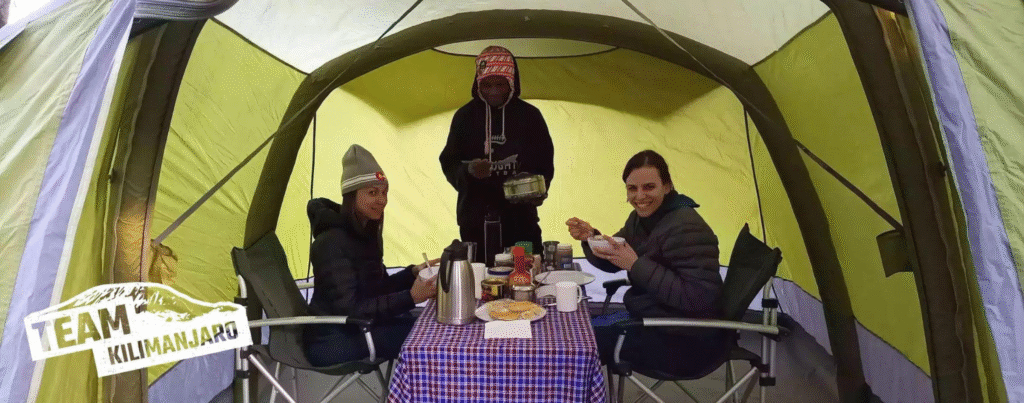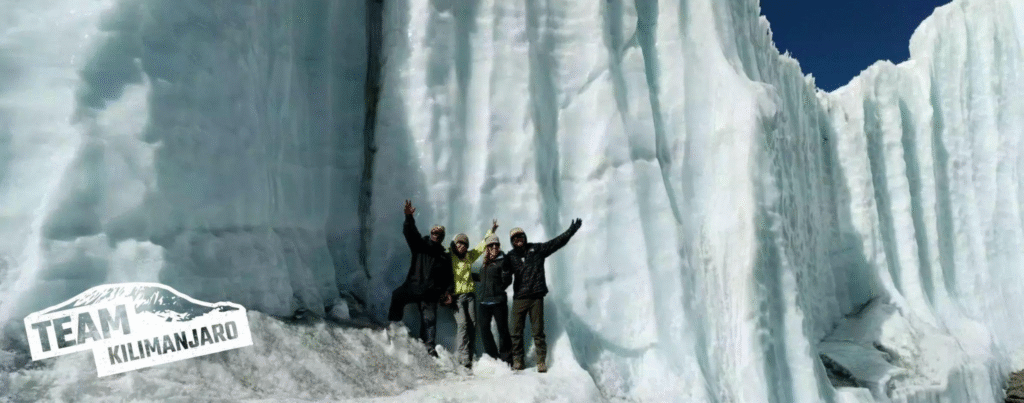A First Journey to Kilimanjaro: A Traveler’s Story
I had dreamed for years of standing on the roof of Africa. Kilimanjaro always seemed like a faraway idea, a mountain reserved for adventurers stronger than me. But the truth is that many ordinary people succeed each year. With the right preparation and guidance, anyone with determination can climb Kilimanjaro — and I discovered that the journey is just as meaningful as the summit itself.
The First Steps
When I first saw the mountain rising above the Tanzanian plains, my heart raced. Its snowy summit looked impossibly high, yet I felt an almost magnetic pull. I joined a small group led by experienced local guides, each of us hoping to test ourselves against the great mountain.
Kilimanjaro is unique in that you don’t need ropes or technical equipment. It is a trek rather than a climb in the alpine sense, but the altitude makes it a serious challenge. The guides repeated a phrase I will never forget: pole pole — slowly, slowly. That became the rhythm of the trip, teaching patience and humility at every step.
How Long Does It Take?

Many people ask: how long does it take to climb Kilimanjaro? My route lasted seven days, which gave me time to acclimatize and enjoy the changing scenery. Some trekkers attempt the shorter five-day Marangu route, but many struggle with the rapid ascent. Longer routes such as Lemosho or the Northern Circuit take eight or nine days and offer the best chance of success.
Each day felt like a new world: from humid rainforest to open moorland, then barren alpine desert, and finally the icy slopes near the summit. It was like crossing continents in a single week.
Choosing the Right Time
The second most common question is: when is the best time to climb Kilimanjaro? I learned that the dry seasons — January to March, and June to October — are the safest and most reliable. Trails are drier, skies clearer, and the summit views unforgettable. My trek took place in August, and the dawn skies were so sharp and star-filled that they hardly seemed real.
Of course, some travelers prefer quieter trails, even if it means enduring the rains of April–May or November. But if your goal is to maximize the chance of reaching the top, the dry months are the best choice.
The Summit Push

Summit night began in total darkness. We woke at midnight, layered in every piece of warm clothing we had. The air was thin and biting cold, and each step felt heavy. Yet as the sky lightened behind Mawenzi peak, a surge of energy lifted me higher. Finally, we reached Uhuru Peak, the highest point in Africa.
Touching the wooden sign at the summit was surreal. Months of training, days of slow steps, and the encouragement of my team had brought me here. For a few moments, the exhaustion disappeared. I looked down at the clouds far below and realized I was standing where I had once only dreamed.
Read Also: Healthy Franchise Opportunities: 17 Lucrative Paths to Wellness-Based Business Success
Lessons From the Mountain
Climbing Kilimanjaro isn’t only about reaching the top. It is about patience, humility, and teamwork. The porters and guides, many of whom carry astonishing loads while still smiling and singing, remind every visitor of the spirit that makes the climb possible.
If you’ve ever wondered whether you could climb Kilimanjaro, the answer is yes — with preparation, respect for the altitude, and the guidance of professionals, it is an achievable goal.
Final Thoughts
The journey changed me in ways I didn’t expect. It was not just about the physical challenge but also about discovering resilience and perspective. The mountain taught me to value slow progress and to see beauty in struggle.
If Kilimanjaro calls to you, listen. Find out the best time to climb Kilimanjaro, plan how many days you’ll need, and take that first step. With patience and courage, you too can stand on the roof of Africa.






